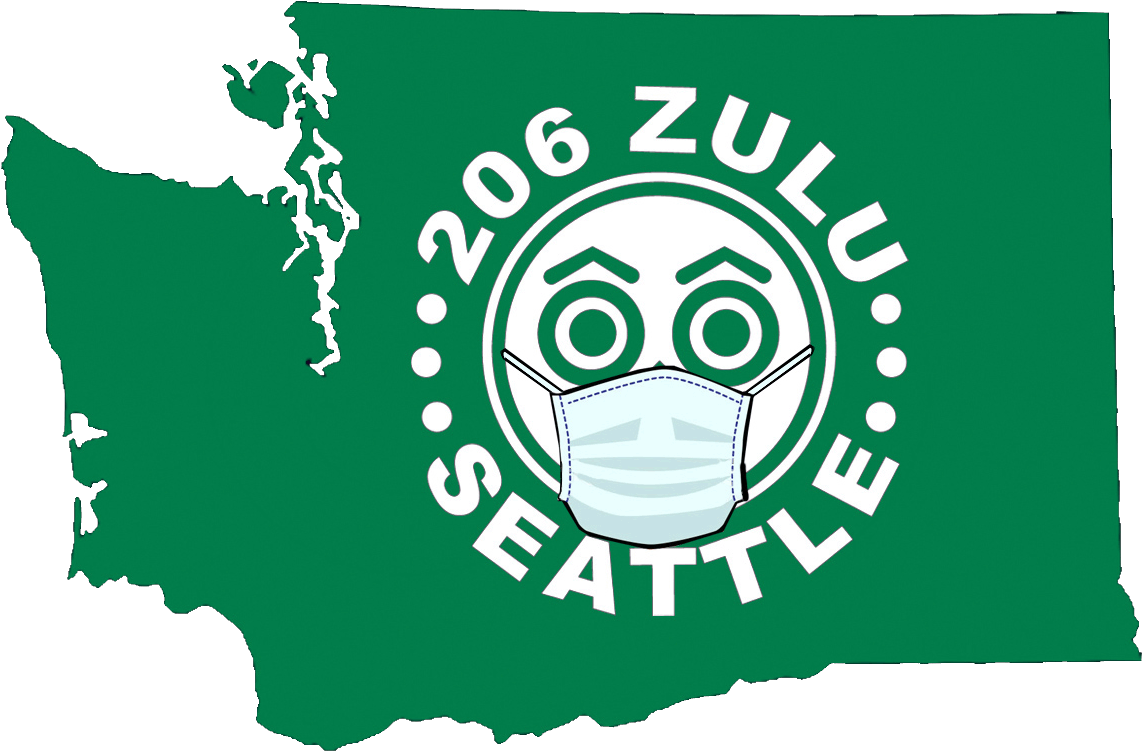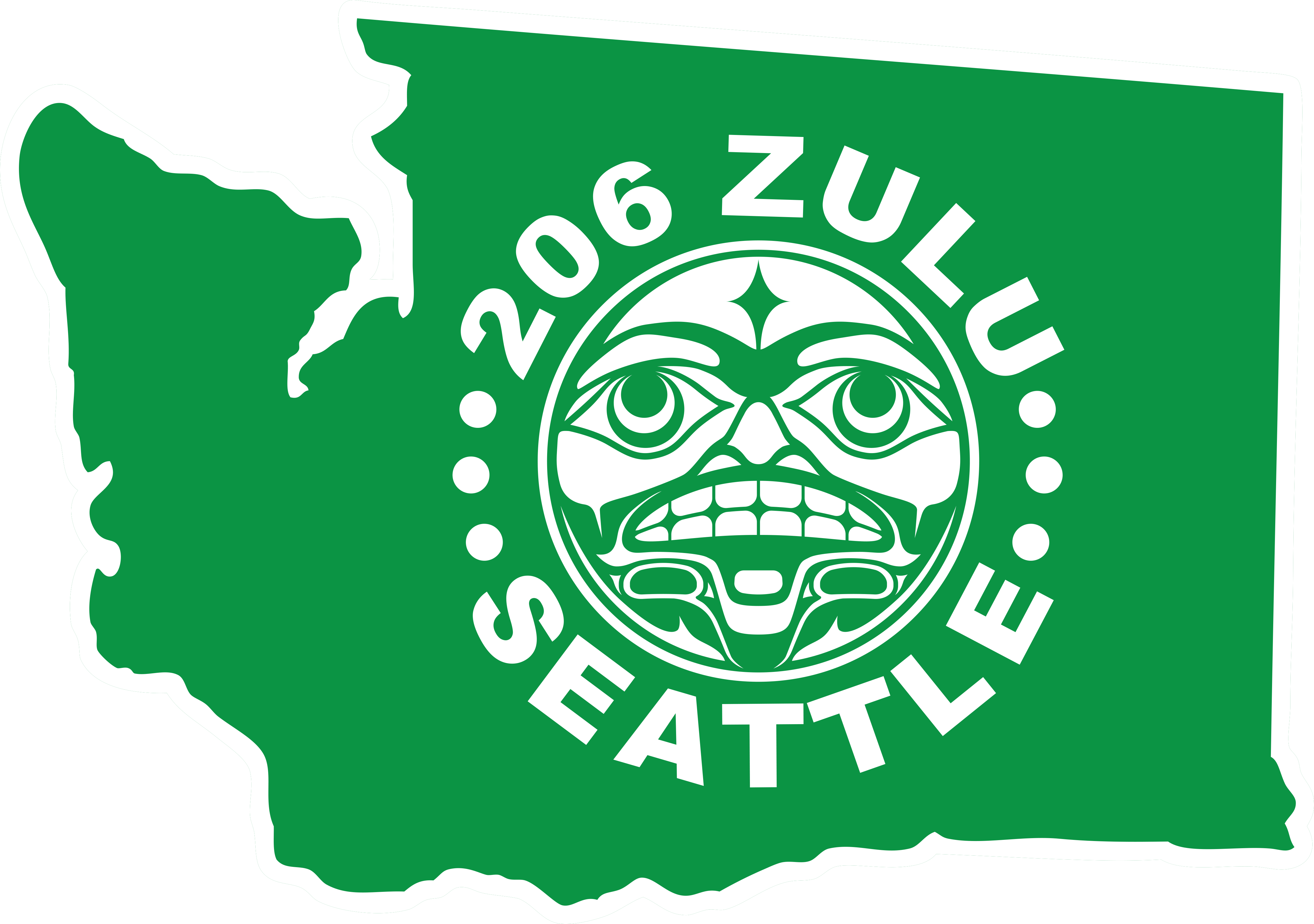
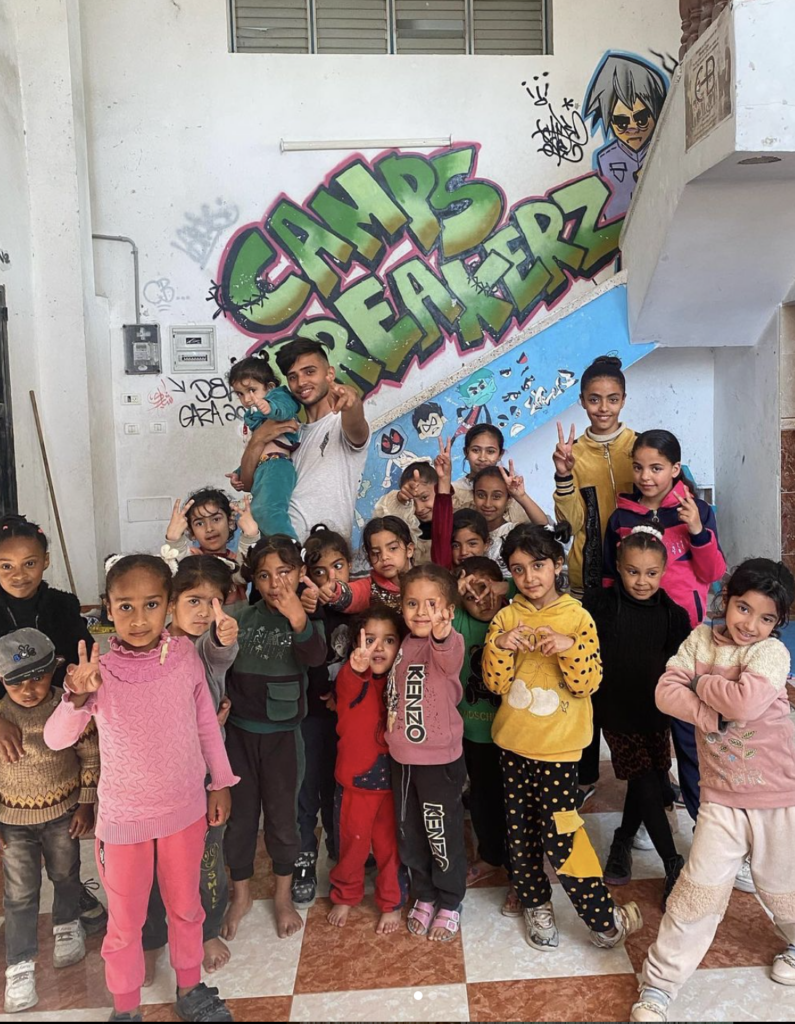
To begin simply, Camps Breakerz is a crew of b-boys and b-girls. Like so many other crews in Hip Hop Culture, they throw jams and battle. They clap and cheer for each others’ finesse and power moves and they dust each other off when they crash. They get up for morning sessions, and crack jokes and tell stories after late night practices. They’ve carved a lane teaching the art of breaking to youth in their community, like many other Hip Hop heads who have found greater purpose in passing along their craft to a younger generation. Also not unlike many other teaching artists, they’ve found unexpected magic in the educational programs they facilitate. For the children and adults that they work with in their home of the Gaza Strip, Camps Breakerz’ programs have not only benefited the physical health of their students, but they have created outlets for self-expression and trauma-release in a space where that type of healing is desperately needed.
Following an attack in southern Israel carried out by Hamas on October 7, which killed 1,139 people and captured 253 hostages, the Israeli government began a catastrophic siege on the population of the Gaza Strip that at the time of this writing, has killed over 35,000 people in Gaza. According to Gaza’s Health Ministry (MOH), 14,000 of those deaths are children and 9,000 are women. Upwards of 10,000 people are presumed still trapped under rubble created by persistent bombings. Widespread acts of violence directed at hospitals and other obstructions of access to health care have been recorded in Gaza since the current phase of crisis in Palestine began. The MOH also reports that 493 health workers have been killed in the attacks. Roughly 12 of the 36 hospitals in Gaza are in a state of partial functionality. The other 24 hospitals have either completely shuttered or have run out of fuel and medicine. To compound the crisis, shipments of medical supplies and food aid have been repeatedly blocked or attacked directly. Tragedies like the bombing and killing of an entourage of international aid workers from the World Central Kitchen in April 2024, serve as a deterrent for others who would help deliver essential support to the citizens of Gaza.
Survival Pending Revolution
In all mass movements, there are various tiers of resistance that can be observed in regards to addressing oppression, hegemony, and in the most dire of situations, genocide. Some of these actions are undertaken in attempts to fight the long game of addressing the roots of the socio-political constructs that fuel the suffering of a population. These actions of long-term impact can be found in the form of education, massive political restructuring, reworking of media narratives, and in more extreme scenarios, complete revolution. Other actions are more immediate in nature, working towards accessing the basic needs of survival for people living within the shadow of repressive institutions.
Black Panther Party co-founder, Huey P. Newton explained this phenomenon with the simple phrase, “survival pending revolution.” In an essay re-published in the anthology, To Die for the People: The Writings of Huey P. Newton, he wrote:
“We recognized that in order to bring the people to the level of consciousness where they would seize the time, it would be necessary to serve their interests in survival by developing programs which would help them to meet their daily needs… These programs satisfy the deep needs of the community but they are not solutions to our problem. That is why we call them survival programs, meaning survival pending revolution.”
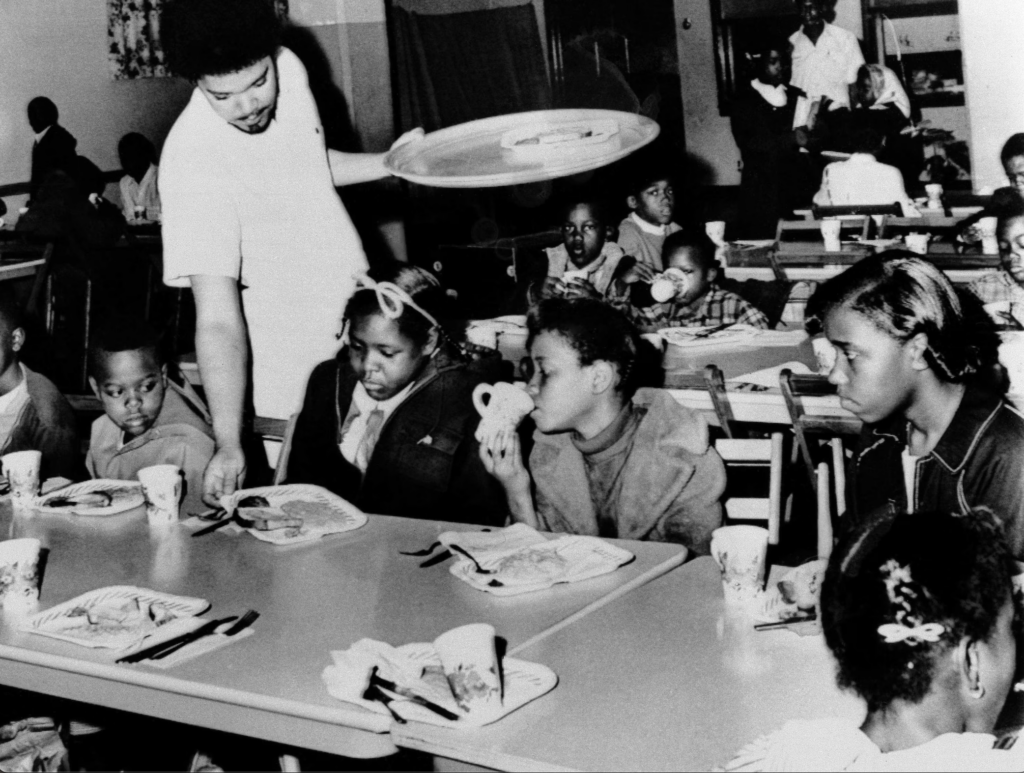
Survival programs are a unique lens that resistance organizing can be viewed through. Not only do these acts of community shed a soft light on the common needs of human populations and the ingenuity of those dedicated to social progress, they also draw to the surface the nature of everyday life that continues despite people facing the horrors of war, colonialism, and institutional racism. The Black Panthers formed a health-education curriculum, free medical clinics, Sickle Cell Anemia research projects, and free breakfast programs for school children as part of their agenda to address the short term needs of their communities, while preparing for the long walk towards permanent social change.
In a 2021 interview, the South African organizer and emcee Emile YX? was asked what it was like to be an activist living under the Apartheid regime in the 1980s. His response was telling. “The reality of being under the control of that type of regime is that life goes on. A lot of people ask ‘what were you doing?’ and you’re like, I was skateboarding, and roller skating, and playing football, and soccer, and volleyball, and practicing Kung-fu and they’re like, ‘Wait a minute, I thought this was during apartheid.’ People forget that apartheid is just an extension of colonialism. So, people lived under the regime. They fell in love, they went clubbing, they went to watch movies and so there was life.”
Emile’s point speaks directly to the needs of everyday people embroiled in those long fights towards full liberation. It highlights the power of finding solace in the ability to carry on a life and pursue the stability and mental health needed to bolster larger actions. It reminds us of the need for intentional actions to maintain a true and rich survival, and what it means for that survival to be an act of resistance.
Needless to say, the situation for the civilians of the Gaza Strip is dire and even basic survival is not something that anyone living in the region can take for granted. As human rights movements mobilize globally in attempts to secure aid and advocate for a permanent ceasefire, everyday citizens of Palestine are existing in a daily struggle for their lives. Much has been written about the long-form systems of supporting the population of Gaza and other people around the world who face the existential threats of state sponsored violence, oppression, colonialism, and war. The story of Camps Breakerz allows us to take a deeper look into the immediate needs of a people and how the very act of dancing can play a pivotal role in the pursuit of freedom.
Dancing in the Rain
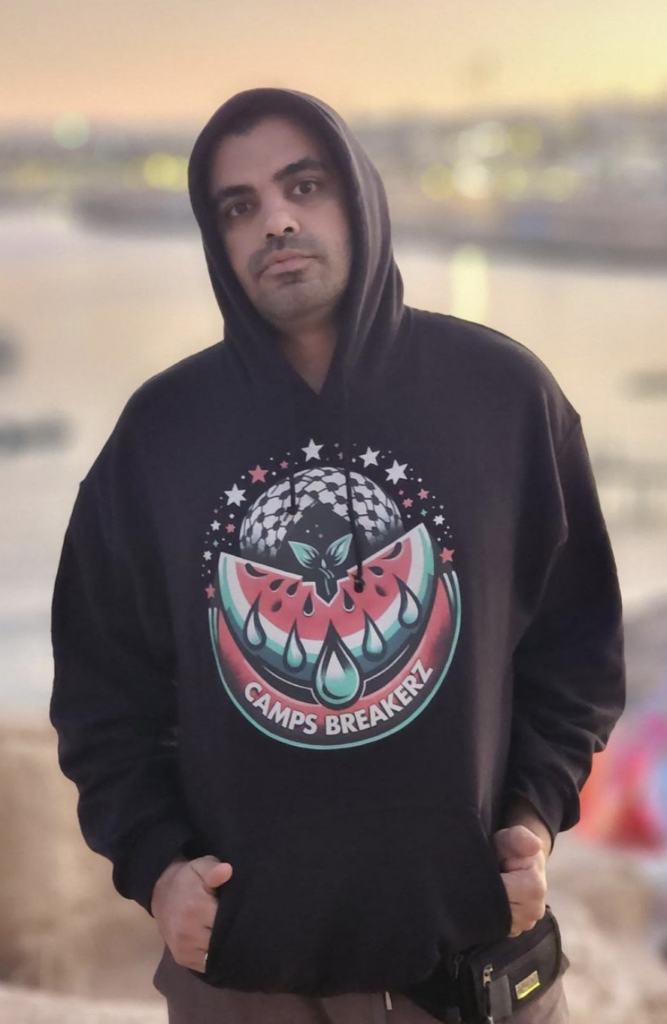
Before the Camps Breakerz crew was a symbol of resistance and community support, they represented a foundational moment in Hip Hop history. Original crew member, Ahmed Alghariz aka B-boy Shark tells the story of the group’s origins. “Our beginning was through my brother Mohammed, or Funk, the first b-boy… in Palestine. He started by watching some videos in Saudi Arabia before he moved to the Gaza Strip for his studies at university.”
The Alghariz brothers come from a Palestinian family and were born in Saudi Arabia. Shortly after Funk moved back to Palestine for his studies, Shark followed. “My brother didn’t find anything called breaking or (what we called) “funky” (in Palestine) at that time. He started to practice and teach our neighbor and, step by step, they spread dancing in the area. When I moved with my family… to the Gaza Strip in 2003-2004, (Funk and I) made our crew together and we called it Camps B-Boys, but at the time we thought in the future we might get girls, so we called ourselves Camps Breakers.”
Many organizers within Hip Hop and other youth-based movements can relate to the struggle of establishing the legitimacy of new forms of cultural expression in the eyes of elders and other community members. Shark continues, “And we were so careful what we called ourselves also because the community might think that b-boys meant bad boys and we didn’t want this to be threatening or (appear to) be like the bad guys… because we are educated people and that’s why we converted b-boys to breakers. We were defending breaking and also spreading it in the Gaza Strip. People didn’t accept our shows because it was pure breaking. And in that time, we were thinking of a solution for how we can make our community accept our dancing. So we mixed our issues, our hard situation, into our shows and… people started to see themselves and their stories (in the events) and accepted our dancing. We call it Gazan Contemporary style.”
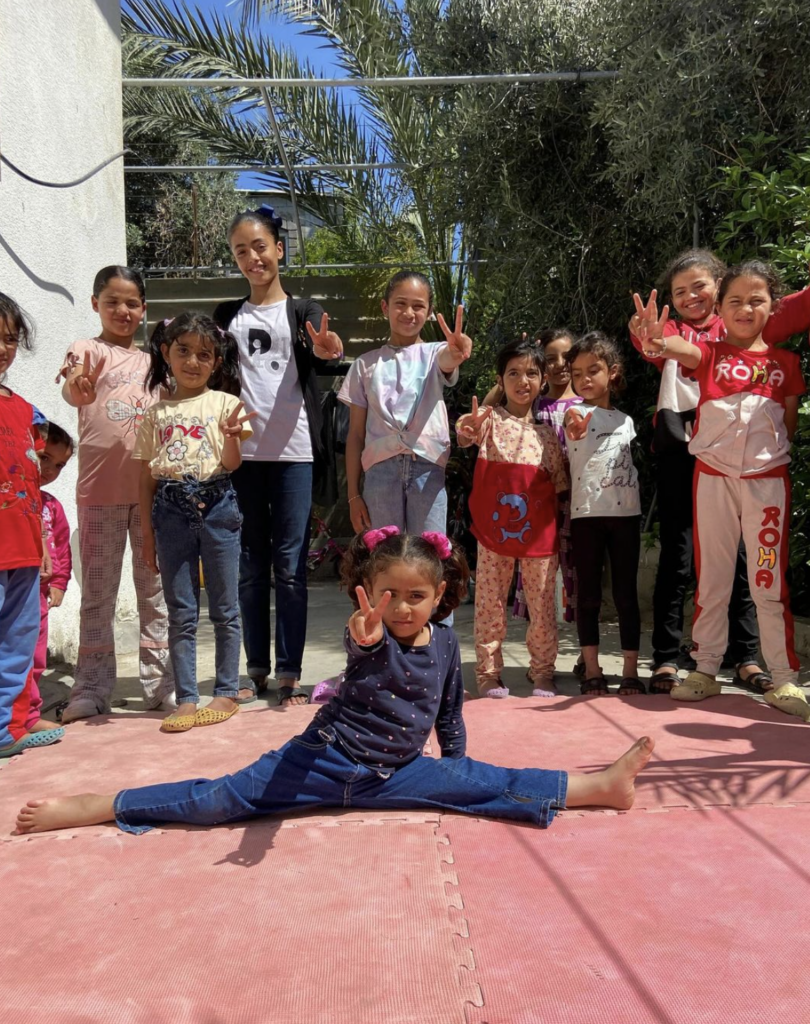
It is said that necessity is the mother of invention, and so what began with the Camps Breakerz crew’s excitement about the dynamic new culture of Hip Hop and a love for the element of breaking, created a need for including the interests and values of the broader community of Gaza into the way their events were run. The people’s response became a proof of concept for the power of using art and movement as tools for healing.
Shark, who is a trauma counselor by trade, recognized that in his formal counseling work, while the methods for tracking and identifying the trauma that impacted patients were different than working with students in a dance studio, many of the results were the same. He and Funk found that moving together in rhythm influenced a sense of belonging, affirming their existence and connection to a pulse that bound Gaza to the rest of the world. They found growth in their students’ ability to communicate and cooperate, skills as essential in the general moments of everyday life as they are in the process of surviving a war zone.
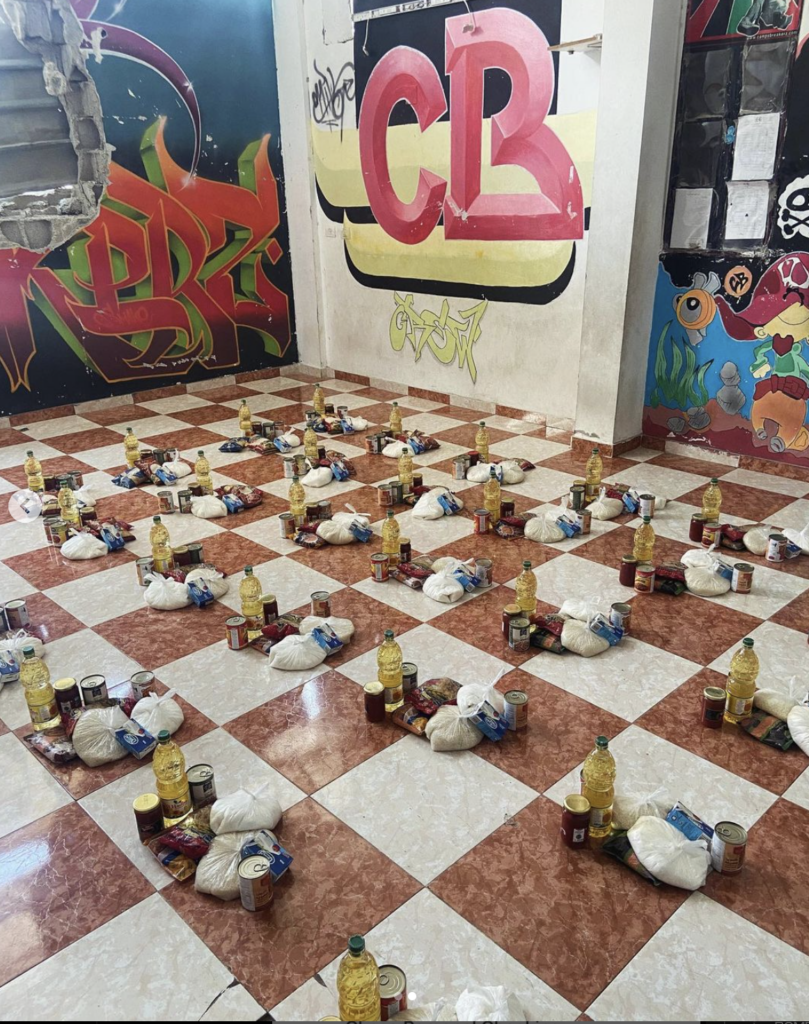
The crew grew to include new breakers like b-boys Jarule, Machine, Hanson, and more as well as videographers, promoters, graffiti writers, and a host of community volunteers. As the crew grew, so did the needs of Gaza. The Camps Breakerz studio became a hub for food and clothes distribution, a need further exacerbated by the current attacks on Gaza. They set up a busing program that brought youth in from surrounding areas to spend time in focused rehabilitation programs. The studio became a ray of sun in dark times, a space that could be found full of laughing children, cheering adults encouraging students to hug themselves, piles of shoes, jackets, hats, or bags of vegetables for people from the neighborhood to take. But even a ray of sunlight is subject to the movement of clouds.
In 2009, the Camps Breakerz studio was bombed by the Israeli military. Without a permanent physical space to organize, the crew literally danced on rubble, unwilling to end their work. They continued to organize and network, taking their instruction mobile, traveling to teach at various United Nations schools in the Gaza Strip. The network they had built became a powerful asset and through a collective fundraising effort, the group was eventually able to open a new physical studio inside of the Nuseirat Refugee Camp in central Gaza.
Increasingly dire conditions brought on by air raids and ground attacks by the Israeli military, have left a staggering amount of civilians’ homes and businesses in the Gaza Strip leveled. As a result, more and more people in Palestine have been forced into camps like the Nuseirat Camp. Nuseirat was built around the site of a former British prison to provide refuge for 16,000 Palestinians fleeing South Gaza during the mass displacements and violence of the period in 1948 in which the state of Israel was formally established, known in history books as the Arab-Israeli war but commonly referred to by the people of Palestine as the Nakba, or ‘catastrophe.’ Today, over 80,000 people crowd into the 0.26 square mile (0.68 sq km) camp.
Demolished businesses and scarce access to resources have left few opportunities for employment or commerce. Limited food is available to purchase with what income can be earned. Amid the cramped conditions, lack of materials to build shelter with, electricity cuts, and hunger exacerbated by fluctuating restrictions on fishing by the Israeli government, the struggling people of Nuseirat, along with local and international partners, have built their own infrastructure within the camp. In the quarter square mile it exists within, there are schools, a formal food distribution center, health centers, and a single maintenance and sanitation office. Despite these challenges, the Camps Breakerz erected their dance studio alongside those other general health and education support resources.
Amongst the rattle of M4 rifles and the boom of mortar shells, kicks and snares echoed off the walls of the dwellings of Nuseirat. Laughter, joy, and possibility blended with mourning and fear as young students honed new skills and impressed their friends. Crowds from the community gathered on balconies and in the courtyard of the studio to marvel at headspins, barrels, and flares. As Emile YX? said, “So there was life.”
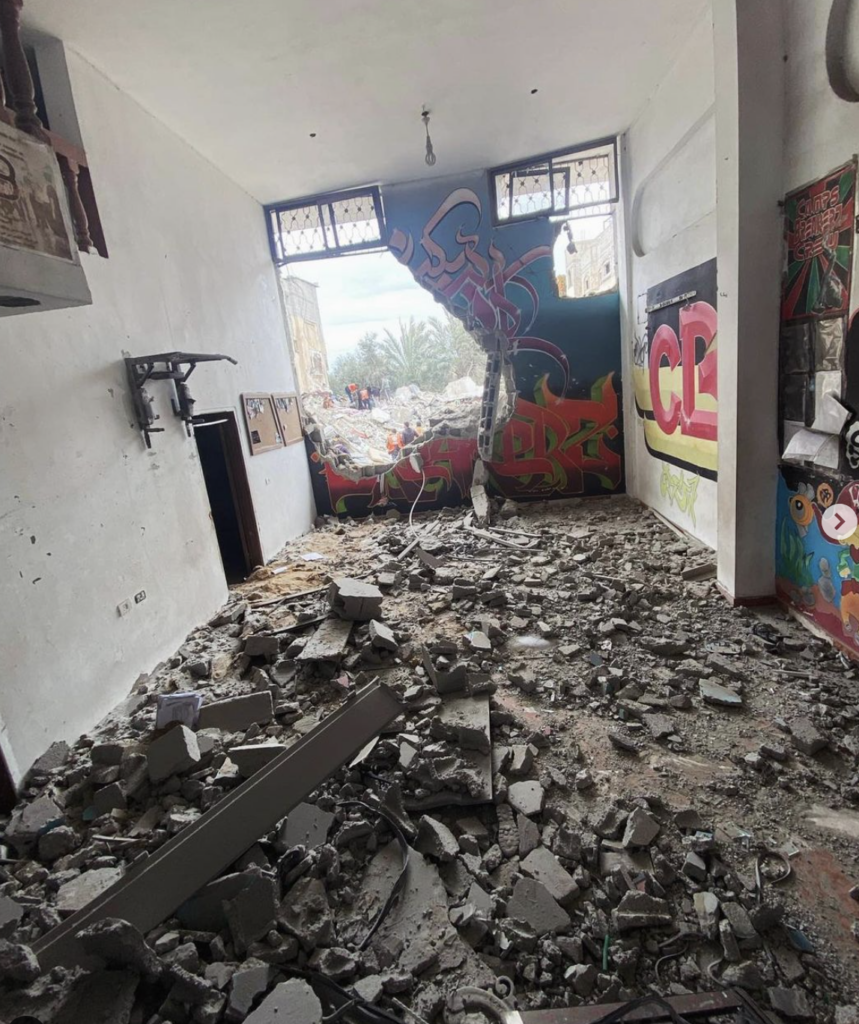
Yet, the soil of the earth knows well that even rays of sun are subject to the clouds. In a heartbreaking return to the somber reality of living under the constant yoke of military violence, on February 23rd, 2024, the Israeli military bombed the new Camps Breakerz dance studio. Four students were killed, all children under 10 years old. The horror of those deaths and the chilling acknowledgement that the feeling of safety people find while dancing exists only in the mind of the dancer, would threaten anyone’s sense of resolve. Shaken but not broken, the Camps Breakerz crew danced on, sunlight continuing to shine on their students through a bombed hole in the wall, cut through a now crumbling graffiti mural.
Reflecting on the process of healing from a threat that still exists, Shark takes a deep breath before answering, “I have seen the results (of our work) and it’s going in the right direction, but of course we still need to be there. There are many reasons that trauma in Gaza is always refreshed and reactivated.” On the long road to permanent safety, a rich survival requires the response to harm and fear to recur as frequently as the violence. The Camps Breakerz organizers know that they won’t do this alone.

Leaning into the value of unity, one of the founding principles of Hip Hop that drew B-boys Funk and Shark towards the culture originally, the crew reached out to their global community, calling in b-girls, b-boys, and many other Hip Hop heads that they have collaborated with over the years. Breaking crews and Hip Hop organizers have begun throwing events from New York and Seattle to Barcelona, to help fundraise for the rebuilding of the Camps Breakerz studio. A Gofundme account was created to help draw more of the international community together to continue to raise funds for the studio.
The way Shark speaks about his own crew’s Gofundme campaign, further shows how collective of an effort community rebuilding can be. “We will build the school (with the funds we raise) and we have our campaign. Also we have our C.B. crew linktree account to support other campaigns for other people in the Gaza Strip who are in need to evacuate to Egypt, for example.” The linktree is full of stories of children, pregnant women, medical professionals, and grandparents that need help. Shark naturally blending the support needed for his own crew’s purposes with the needs of so many others is an almost poetic ode to the power of what each survivor can do while en route to liberation.
The civilians living in the Nuseirat refugee camp and the Gaza Strip continue to exist under constant threat to their lives. The struggle for access to food, fuel, medical supplies, and other basic necessities continues as support for their safety grows internationally. People following Camps Breakerz story will use their linktree and Gofundme campaigns to provide much needed immediate help for the people on that list. Life may improve for those people and when it does, the stories on that linktree will be replaced with new ones, as long as the enduring threat to the people exists. Supporters will hope that their solidarity with the children attending the Camps Breakerz studio, dancing amidst the ruins of walls that once were, will provide solace to the group’s organizers. That solace may be a bit of healing for the day, and sometimes a day is what you need while working for a better tomorrow.
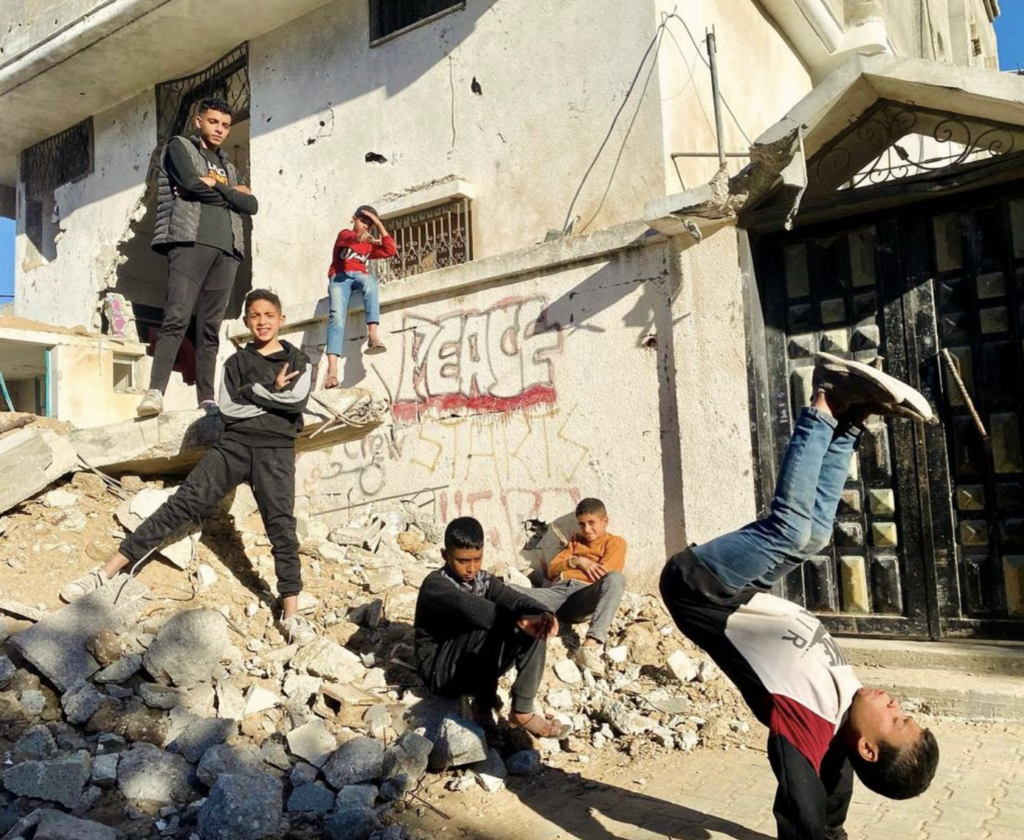
Some problems seem so deeply rooted and the road to their solutions can feel so long, that it’s daunting to hope. These are precisely the times that Huey P. Newton was referring to when he advised the people to hold strong and remember that there is victory in survival when up against such a force.
Shark’s final thoughts are humbling when considering the weight of that force that he and his crew are facing. They contain no hate or reference to an enemy. They don’t even center on his own struggle. “Support each other,” he says calmly. “Hip hop is one family and I just want them to stand with humanity. I don’t want them to stand with anything else.”
If we all stand with humanity, seeking to find unity with the everyday people across all sides of conflicts in our world, the survival of the people of Gaza may just allow them to live to see the clouds part and humans break some of our most dangerous cycles. And with the support of their community, while they survive, they will dance.
